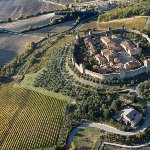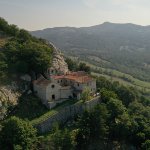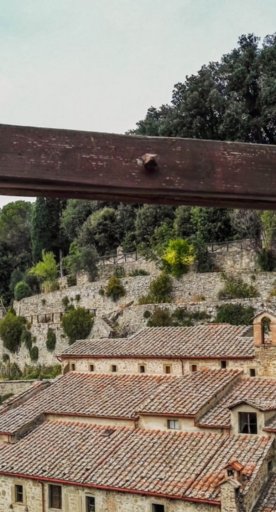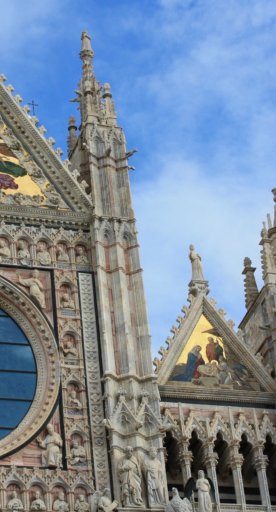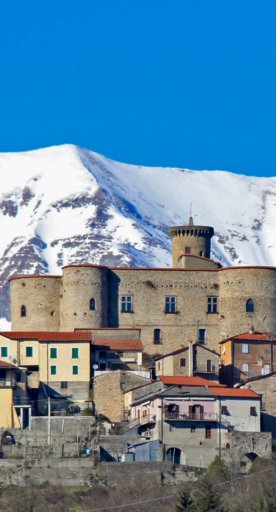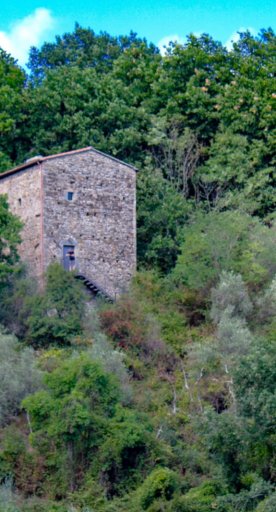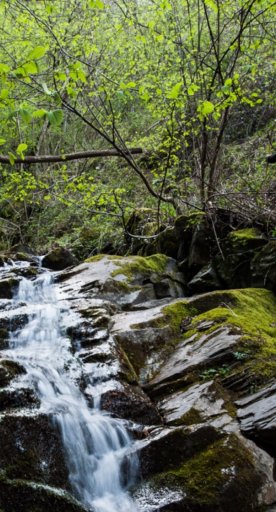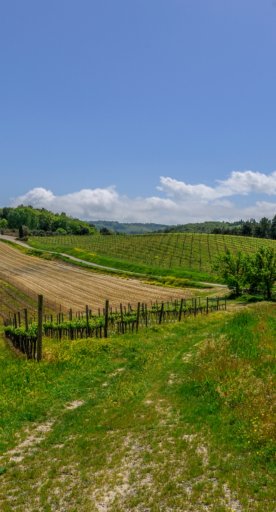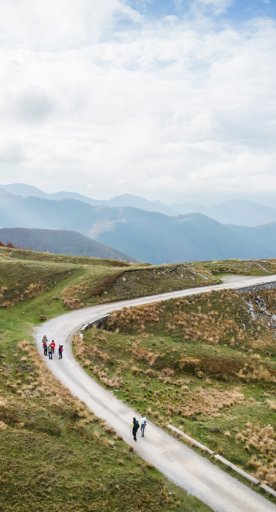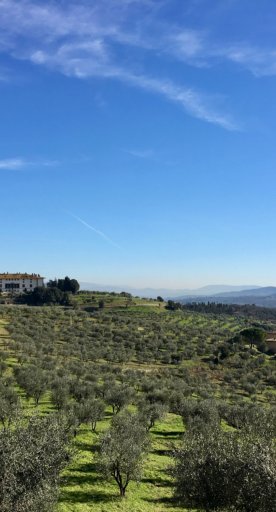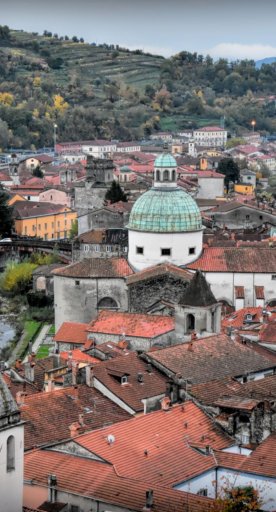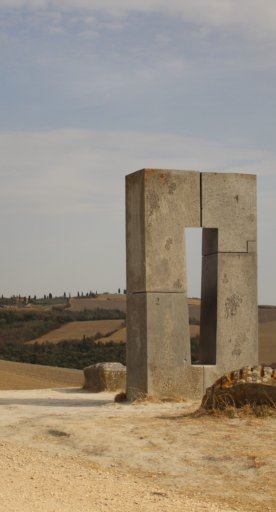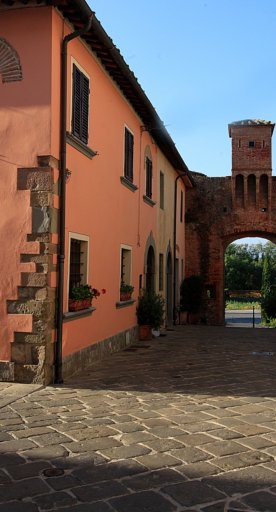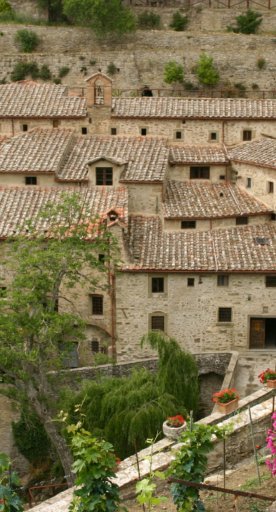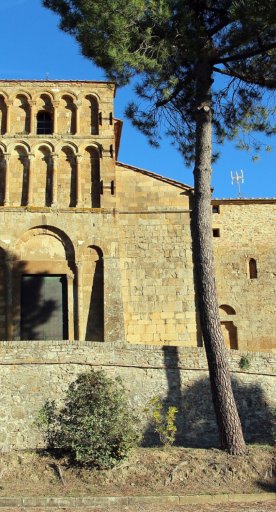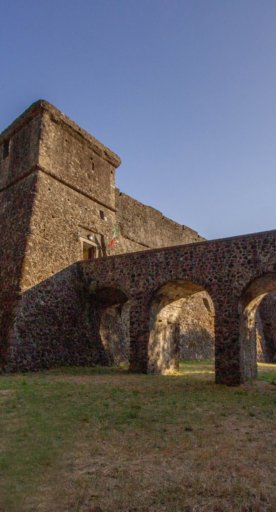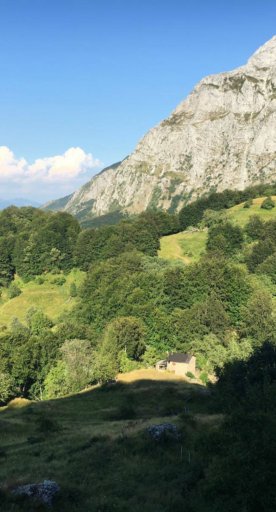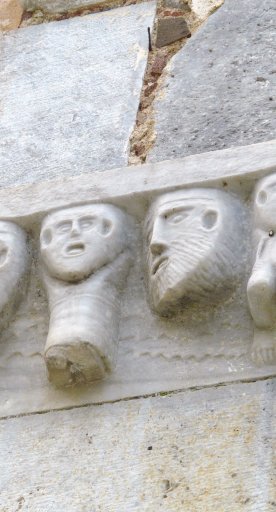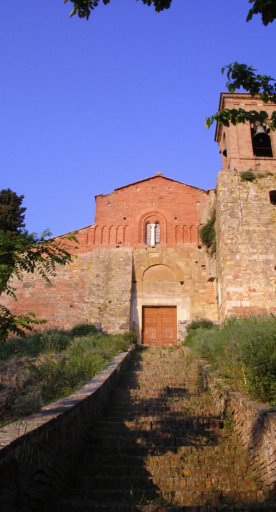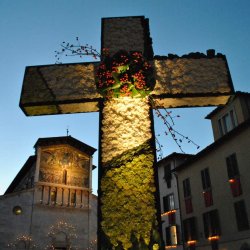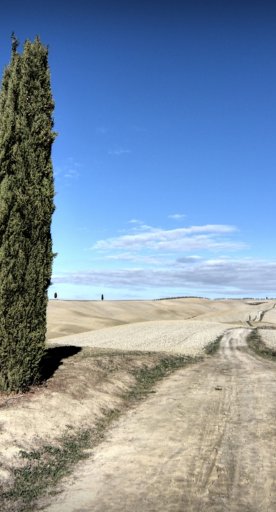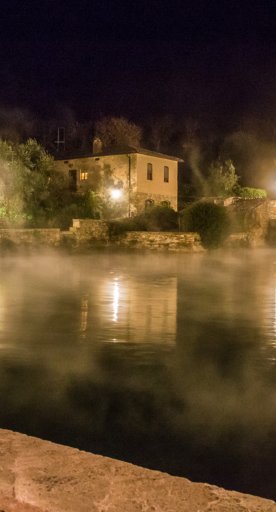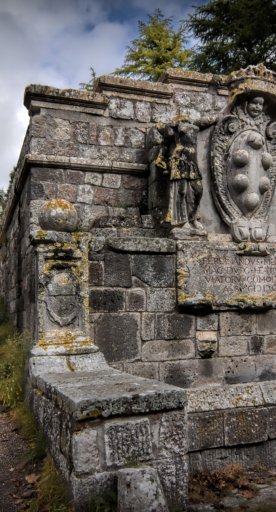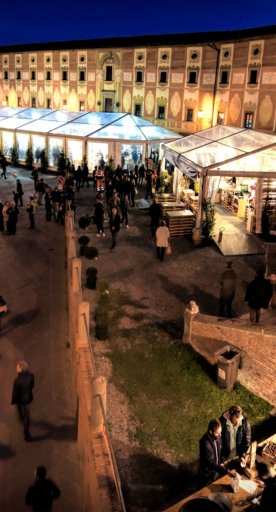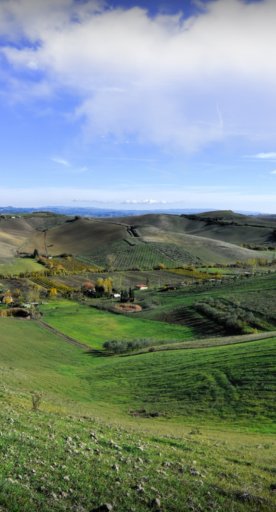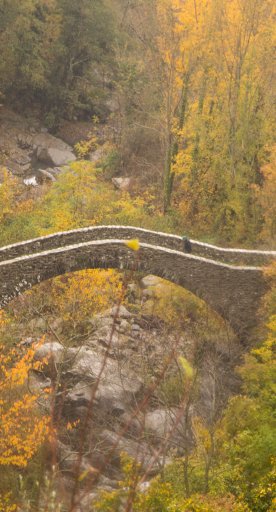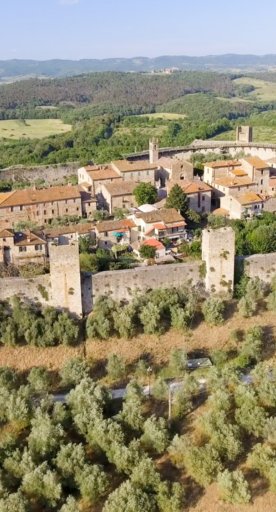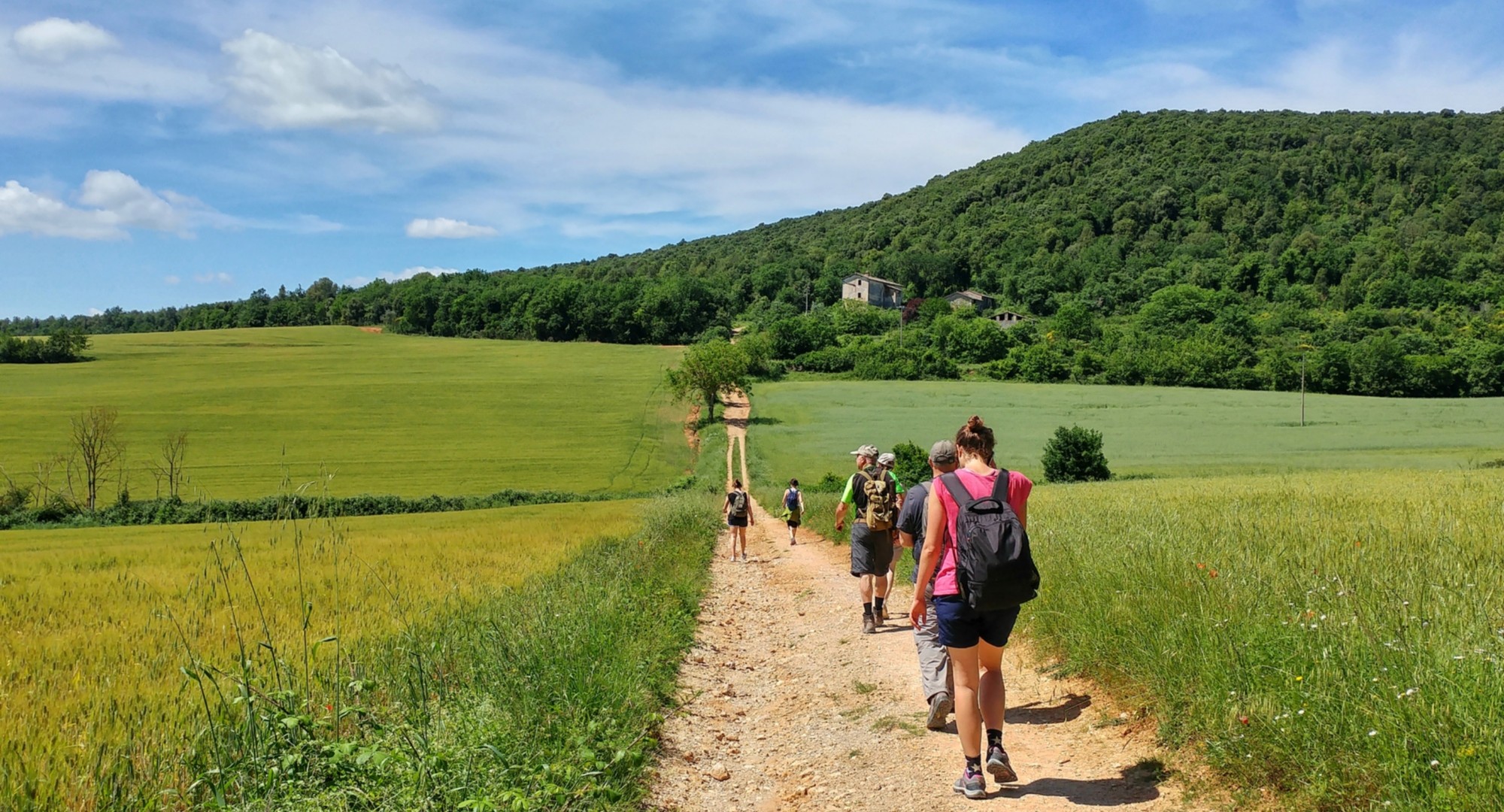
Tuscany offers a huge variety of historic pilgrimage routes of immense scenic and cultural value. Walking them, we discover the stories that have shaped the region and made it what it is today: a place of discovery and hospitality. Following in the pilgrims' footsteps, we find the Via Francigena's incontrovertible intact beauty and the mystic fascination of the Volto Santo.
The Via Francigena in Tuscany is a pilgrimage route which, between artistic and historic treasures, crosses through the nature, hilltowns and cities of an ever-changing, always surprising landscape. Even the Archbishop of Canterbury, Sigeric, walked it on his way to Rome, entering Tuscany by the current Cisa Pass. Today the Francigena represents an important cultural journey, whose beauty and evocative potential have set the standard for the new mode of slow travel; a journey which, whether on foot or on bicycle, enriches the spirit beyond measure.
The Romea Strata follows the old routes that pilgrims from central and eastern Europe walked to reach Italy, joining the Via Francigena around Fucecchio and San Miniato, and from there heading to any one of the holy places of the age, be it Rome or Santiago de Compostela. Today, in northern Italy it is possible to travel along 5 possible routes that merge in the lower Veneto, from where the path continues along the stretch known as the Romea Nonantolana-Longobarda. The last six legs of the journey take place in Tuscany, passing through Cutigliano, San Marcello Piteglio, Pistoia, Vinci, Cerreto Guidi and Fucecchio.
The Via Romea Germanica follows a path that was one of the main medieval arteries between the North Sea and Rome. Detailed in 1256 by Albert of Stade, a Benedictine monk, it covers nearly 2,200 kilometres from the German town of Stade to Rome, crossing Germany, Austria and Italy over 96 stages, 46 of them in Italy. In Tuscany it runs through the Casentino until Arezzo, before bending through the Valdichiana and coming to the museum city of Cortona. It then enters Umbria, goes through Orvieto, and comes down into Lazio, where it links up with the Via Francigena at Montefiascone, and reaches its final destination in St Peter's Square.
The Ways of Saint Francis are a set of paths that connect the many places linked to the life of San Francesco d'Assisi in Tuscany. From Florence, today's walkers can reach the renowned Sanctuary of La Verna, where St. Francis received the stigmata and then crosses the Tuscan Valtiberina to reach Arezzo. The journey continues through the Valdichiana Aretina to Cortona where it is possible to visit the fascinating Le Celle Hermitage.
The Via Lauretana is an ancient road which connects Cortona to Montepulciano and Siena. Used and expanded by the Romans, it was first paved to link the inland Etruscan cities with their sisters on the Tyrrhenian coast. It later became a pilgrimage route, connecting Siena (and therefore the Via Francigena) with Cortona, spanning six Tuscan municipalities as it wound its way towards the Santa Casa in Loreto.
On their travels to Rome, old time Florentines used the Via Sanese, which was the shortest route from Florence to Siena. The Via Sanese crosses the Chianti area and reaches renowned towns and hamlets, such as San Casciano in Val di Pesa, Badia a Passignano, San Donato in Poggio and Castellina in Chianti.
The Via Matildica del Volto Santo starts from Mantua, encounters the plains of the Po and reaches Tuscany at San Pellegrino pass, passes through Garfagnana and the Mid Serchio Valley to then arrive, finally, to Lucca. Destination of the path is the Duomo di San Martino, home to the Volto Santo (Holy Face), the wooden statue venerated worldwide.
It starts in Florence and reaches Livorno, the Way of St. Jacopo, which touches the city of Pistoia, also called the "Santiago minor" or "Italian Compostela" because it has held an important relic of the Apostle James (Jacopo) in the Cathedral of San Zeno since 1145 AD.




